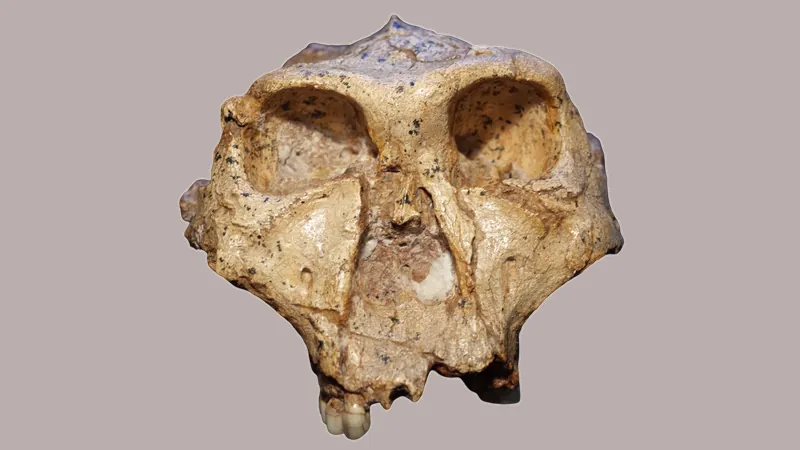
Unlocking the Secrets of Ancient Teeth: New Discovery Links Human Relatives
2025-06-12
Author: Michael
Ancient Pits: A New Clue to Our Evolutionary Past
Scientists are scratching their heads over a bizarre phenomenon found in the teeth of Paranthropus, an extinct branch of our human relatives. After decades of mystery, recent research unveils that the peculiar pitting may have genetic roots rather than being a symptom of some disease. This finding could revolutionize our understanding of the human family tree.
Ian Towle, a researcher at Monash University, revealed, "Teeth preserve an incredible amount of biological and evolutionary information. This specific type of pitting might turn out to be a unique marker for certain evolutionary lineages, helping us identify fossils."
Unearthing the Unusual: The Study's Findings
The study, published in the Journal of Human Evolution, highlighted the presence of uniform, circular, and shallow (UCS) pits on the molars of Paranthropus. While environmental factors like malnutrition can disrupt enamel development, creating distinct lines or isolated pits, the UCS clusters present an atypical pattern.
Researchers combed through dozens of ancient teeth from hominins in Africa, dating back as far as 3.4 million years. Astonishingly, they found UCS pitting was prevalent among South African Paranthropus fossils—about half of their sample exhibited this distinct feature.
Insights into Hominin Evolution: What It All Means
Interestingly, only a few teeth from other ancient species like Australopithecus africanus showed UCS traits, suggesting that Paranthropus did not directly descend from this species. In contrast, East African australopithecines displayed some UCS pitting, indicating a potential evolutionary link.
Teeth from the Homo genus, including the well-known 'hobbits' (H. floresiensis), also exhibited UCS pits, hinting at closer ties to australopithecines than to other Homo species, raising intriguing questions about our ancestry.
The Future of Hominin Research: Paleoproteomics on the Horizon
While the findings are compelling, Towle emphasizes the need for further investigation before UCS pitting can be fully embraced as a taxonomic marker in hominin studies. One promising avenue for future research is paleoproteomics—the analysis of ancient proteins within tooth enamel.
Towle envisions that this method could provide deeper insights into UCS pitting and possibly reveal whether these traits were more prevalent among male or female Paranthropus individuals. It appears these tiny surface features might hold the key to unraveling the complex web of our evolutionary lineage.
In summary, this groundbreaking research suggests UCS pitting has been a genetic hallmark of Paranthropus for millions of years, opening new doors to understanding our ancient relatives' biology and ancestry.

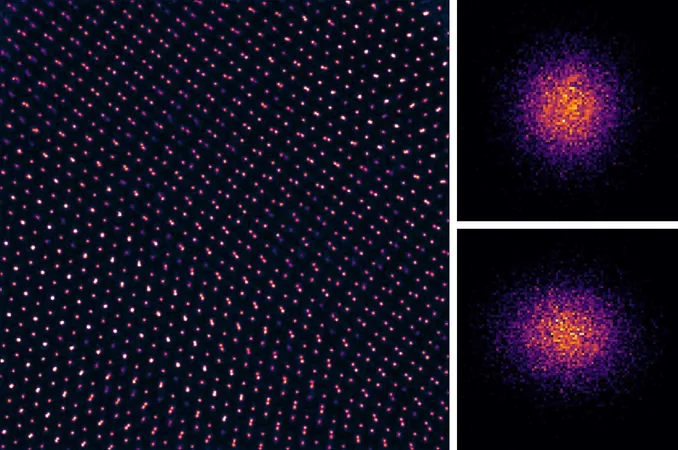

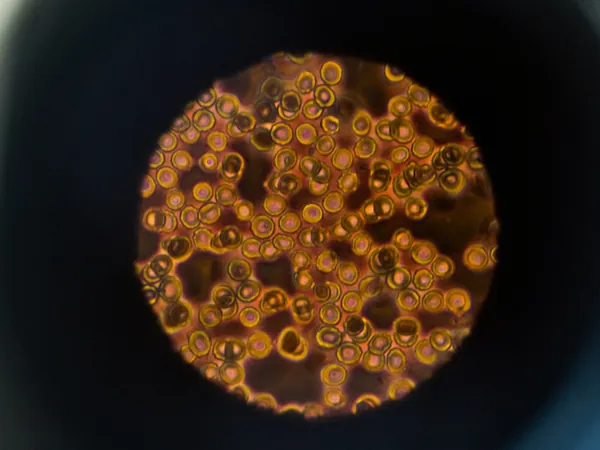


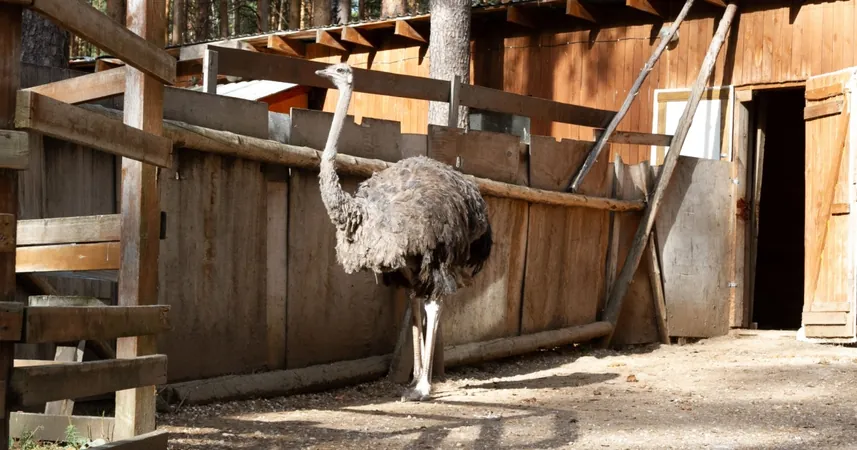
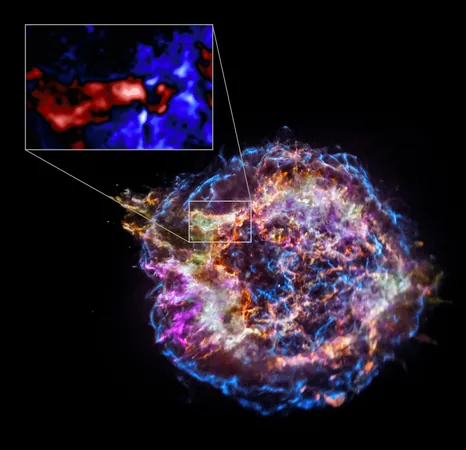

 Brasil (PT)
Brasil (PT)
 Canada (EN)
Canada (EN)
 Chile (ES)
Chile (ES)
 Česko (CS)
Česko (CS)
 대한민국 (KO)
대한민국 (KO)
 España (ES)
España (ES)
 France (FR)
France (FR)
 Hong Kong (EN)
Hong Kong (EN)
 Italia (IT)
Italia (IT)
 日本 (JA)
日本 (JA)
 Magyarország (HU)
Magyarország (HU)
 Norge (NO)
Norge (NO)
 Polska (PL)
Polska (PL)
 Schweiz (DE)
Schweiz (DE)
 Singapore (EN)
Singapore (EN)
 Sverige (SV)
Sverige (SV)
 Suomi (FI)
Suomi (FI)
 Türkiye (TR)
Türkiye (TR)
 الإمارات العربية المتحدة (AR)
الإمارات العربية المتحدة (AR)